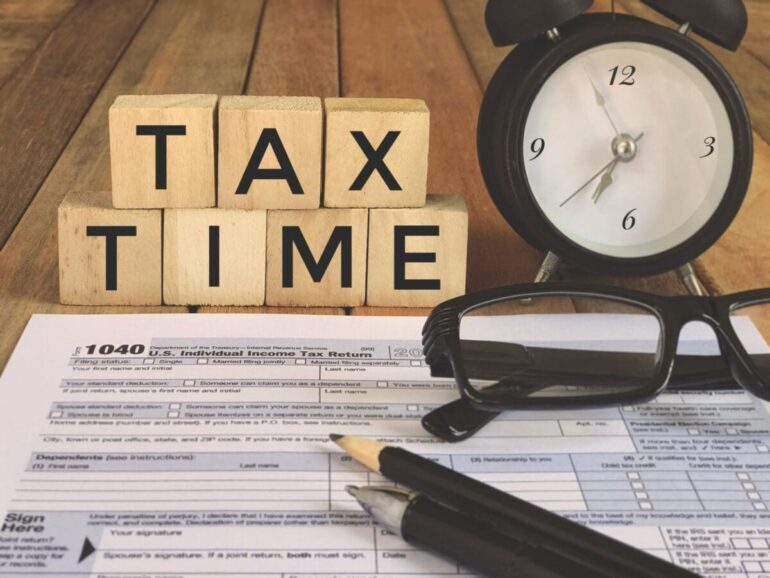In the complex world of tax obligations, finding oneself in a position where meeting the due financial responsibilities becomes a hardship is not uncommon. The reasons can range from sudden medical emergencies, and job loss, to other unforeseen financial downturns. When these challenges arise, it’s crucial to understand that the Internal Revenue Service (IRS) offers avenues for relief, designed to support individuals and families during their time of need. One such avenue is the IRS Hardship Program, which offers a lifeline to those struggling to keep up with their tax liabilities. This blog post delves into how this program can be a beacon of hope and guides navigating these taxing challenges.
The IRS acknowledges that circumstances can sometimes hinder one’s ability to pay taxes. Here, individuals can find relief through the IRS financial hardship program, a setup intended to assist taxpayers in getting back on their feet. Understanding the eligibility criteria, application process, and the relief options available can significantly ease the burden of tax debt.
What is the IRS Hardship Program?
The IRS Hardship Program, formally known as Currently Not Collectible (CNC) status, is designed for taxpayers who cannot pay their tax debt without causing severe financial hardship. Under this program, the IRS temporarily halts collection activities against individuals, providing them the necessary breathing room to recover financially.
Eligibility and Application

To be considered for the Hardship Program, taxpayers must prove that their monthly income is insufficient to cover basic living expenses, let alone settle outstanding tax debts. The process begins with a thorough review of financial information, including income, expenses, and asset equity. Applicants must submit Form 433-A (for individuals) or Form 433-B (for businesses), detailing their financial situation. This transparency allows the IRS to make an informed decision regarding one’s eligibility for relief under the Hardship Program.
How Can the IRS Hardship Program Assist Taxpayers?
The primary benefit of the IRS Hardship Program is the suspension of collection efforts. This means that while a taxpayer is under Hardship status, the IRS will not pursue typical collection actions like levying bank accounts or garnishing wages. However, it’s important to note that the tax debt does not disappear; interest and penalties may continue to accrue without the immediate threat of collection actions disrupting the taxpayer’s life.
Beyond Temporary Relief
In addition to halting collection actions, being under the Hardship Program allows taxpayers time to consider long-term solutions. This might include setting up an installment agreement with the IRS to pay off the debt gradually once their financial situation improves. Alternatively, some may qualify for an Offer in Compromise, where the IRS agrees to settle the tax debt for less than the amount owed if it’s unlikely that the total amount can be collected.
Exploring these options provides a pathway to financial recovery and stability but also underscores the importance of strategic financial planning. For those under the Hardship Program, this period of relief is an opportune time to reassess finances, budgeting strategies, and future tax planning to prevent the recurrence of the same predicament. It’s a chance to work on building a sustainable financial foundation, carefully managing expenses, and possibly consulting with a financial advisor to devise a plan that ensures future tax liabilities are more manageable.
Moreover, the IRS also offers educational resources and counseling services to help taxpayers understand their obligations and how to meet them. Engaging with these resources can equip individuals with the knowledge and tools to navigate the complexities of tax laws and regulations, promoting a more informed approach to tax compliance and financial management.
Making the Most of the IRS Hardship Program

To navigate the IRS Hardship Program effectively, it’s crucial to:
- Stay Informed: Understand the requirements and keep abreast of any changes to IRS policies regarding hardship considerations.
- Be Proactive: Don’t wait for the IRS to take collection action. If you anticipate financial difficulties, contact the IRS or a tax professional to discuss your options early.
- Maintain Communication: Keep the lines of communication open with the IRS. Updating the IRS can help adjust your status or explore other relief options if your financial situation changes.
Conclusion
Financial hardships can make tax obligations seem insurmountable, but programs like the IRS Hardship Program are designed to offer a lifeline to those in need. By understanding how to access and navigate this program, taxpayers can find temporary relief from the burden of tax debts, allowing them to focus on regaining their financial footing. Remember, seeking advice from tax professionals can also provide valuable guidance through this process, ensuring that you make informed decisions tailored to your unique situation. The path to financial recovery may seem daunting, but navigating through tax challenges with the right resources and support can lead to a brighter, more stable financial future.
